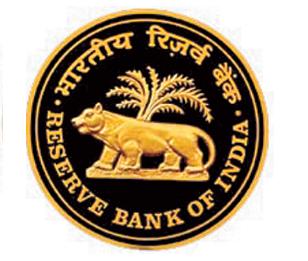Profit is the ultimate aim of any business and the long-run prosperity of a firm depends upon its ability to earn sustained profits. Profits are the difference between selling price and cost of production. In general the selling price is not within the control of a firm but many costs are under its control. The firm should therefore aim at controlling and minimizing cost. Since every business decision involves cost consideration, it is necessary to understand the meaning of various concepts for clear business thinking and application of right kind of costs.
A managerial economist must have a clear understanding of the different cost concepts for clear business thinking and proper application.… Read the rest


